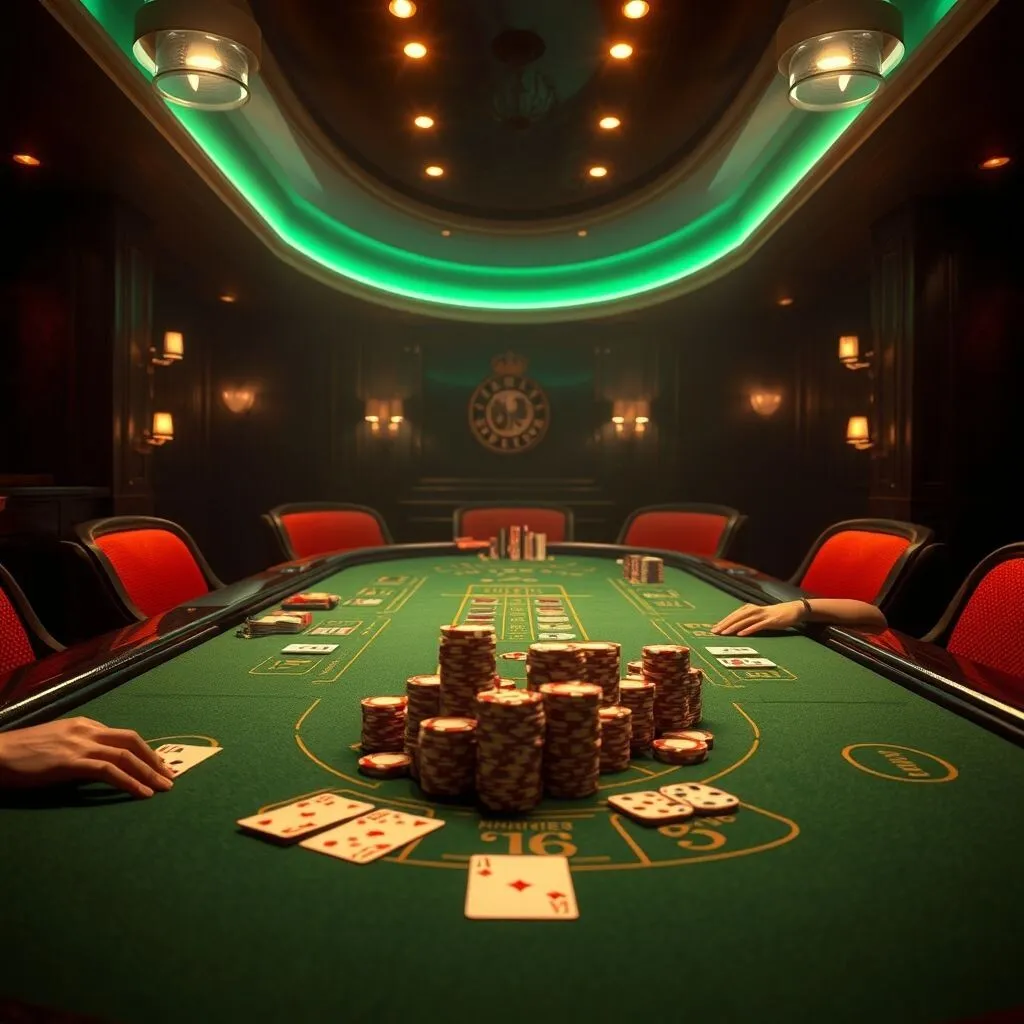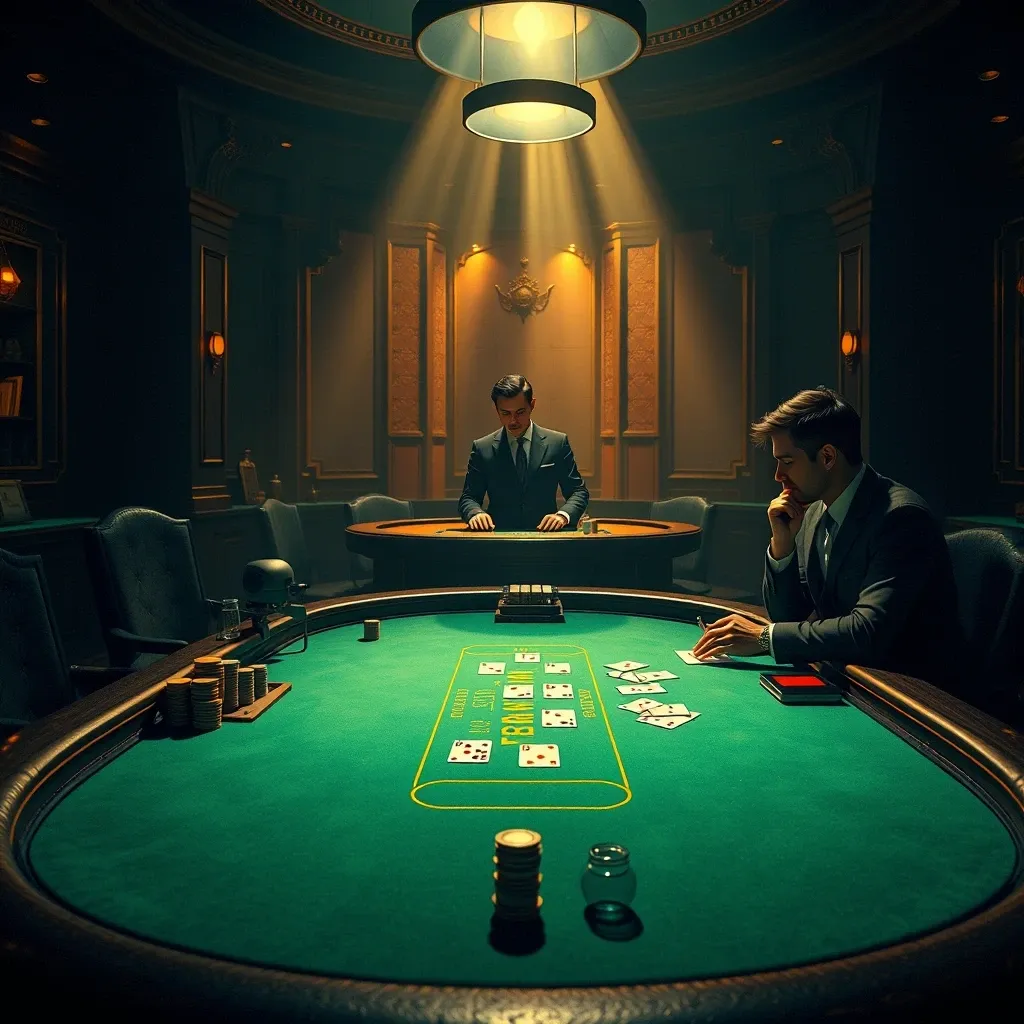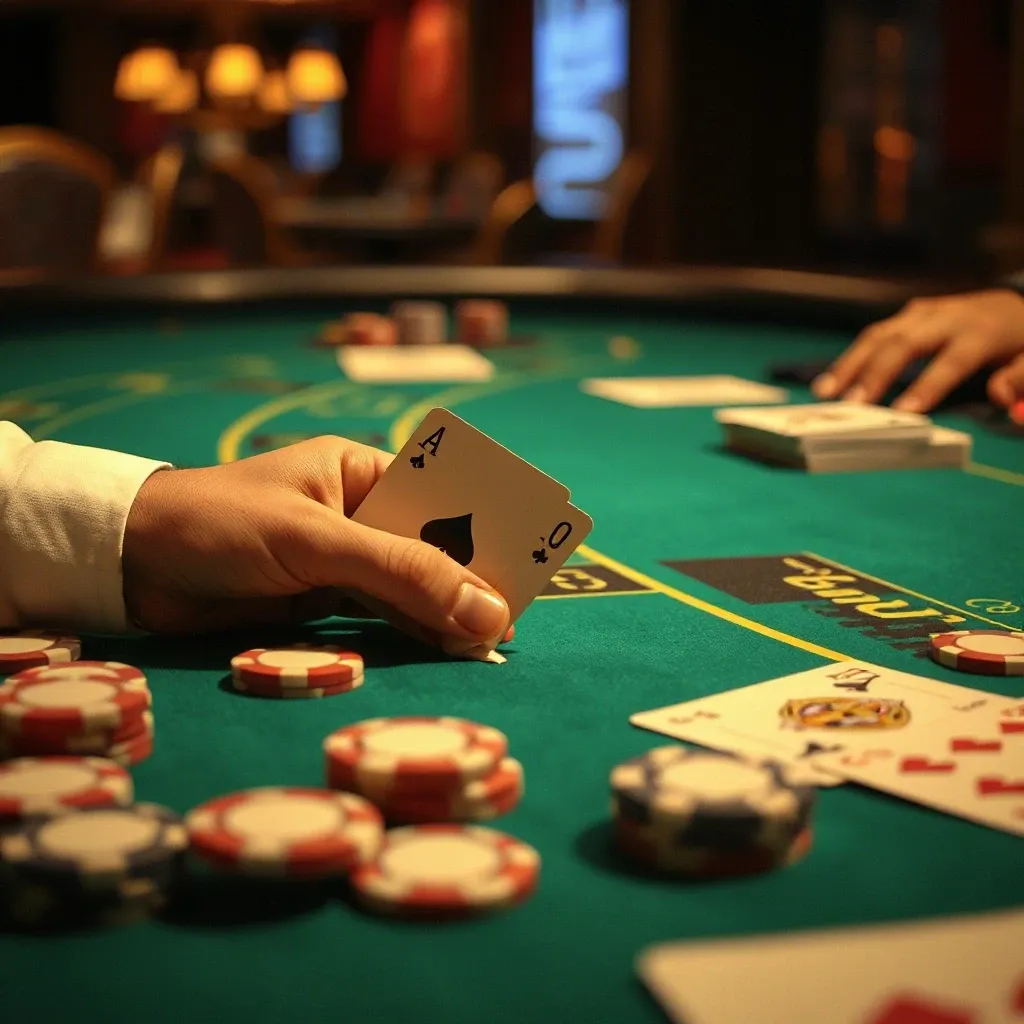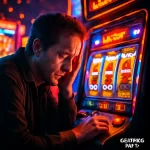
Blackjack Odds Guide: Master Strategy and Reduce the House Edge
Introduction
Blackjack, a casino game of skill and chance, has captivated players for generations with its blend of strategy and excitement. The allure of hitting 21 and beating the dealer is undeniable. However, beneath the surface of this seemingly simple game lies a complex web of probabilities. Understanding these odds is not just an advantage; it’s the key to making informed decisions and improving one’s chances of winning. This guide provides insights into the nuances of blackjack odds, offering a strategic approach to enhance the gameplay and potentially tilt the odds in the player’s favor, or at least understand them better to make wise decisions. This knowledge transforms blackjack from a game of pure luck into a strategic battle of wits against the house.
Blackjack Basics: A Quick Refresher
Blackjack is a popular casino game where the objective is to beat the dealer’s hand without exceeding 21. The game is played with one or more decks of cards, and the values are as follows: Numbered cards are worth their face value, face cards (Jack, Queen, King) are worth 10, and an Ace can be worth either 1 or 11.
A crucial rule to remember is that the dealer must hit on a soft 17. A “soft 17” is a hand containing an Ace counted as 11, along with other cards totaling 6. This rule impacts the game’s strategy.
Here’s a breakdown of common blackjack terms:
- Hit: To request another card.
- Stand: To end your turn without taking any more cards.
- Double Down: To double your initial bet and receive only one more card.
- Split: If you have two cards of the same rank, you can split them into two separate hands.
- Insurance: If the dealer’s upcard is an Ace, you can purchase insurance as a side bet, which pays out if the dealer has blackjack.
- Blackjack: A hand consisting of an Ace and a 10-value card, totaling 21. This is the best possible hand in the game..
The House Edge Explained
The “house edge” represents the inherent advantage a casino possesses in any game it offers. It’s the statistical difference between the true odds of winning a bet and the payout the casino provides. Expressed as a percentage, the house edge signifies the average profit the casino expects to make from each wager over the long run.
In blackjack, the house edge isn’t a static figure. While the rules of blackjack inherently favor the dealer (they act last, forcing players to act first and risk busting), skillful players can significantly reduce, or even temporarily overcome, this advantage. The blackjack house edge is influenced by several factors, including the number of decks used, the specific rules of the table (like whether the dealer hits on soft 17), and, crucially, the player’s strategy. Suboptimal play, such as hitting on hard 17 or failing to split pairs correctly, inflates the house edge. Conversely, employing basic strategy meticulously shrinks it, giving the player the best possible chance of success.
Understanding Basic Strategy
Blackjack, at its heart, is a game of probabilities. While luck certainly plays a role, a smart player can significantly improve their odds by employing a basic strategy. Essentially, basic strategy is a set of mathematically derived decisions that dictate the optimal play for every possible hand you could be dealt, given the dealer’s upcard.
Think of it as a guide, a cheat sheet revealing the best action – whether to hit or stand, double down, or split pairs – in any given situation. By consistently adhering to basic strategy, you’re not just guessing; you’re making informed choices that minimize the casino’s advantage, effectively reducing the house edge.
Using a blackjack chart is the easiest way to master basic strategy. These charts visually represent the optimal decisions, making them simple to follow even for beginners. Remember, however, that the specific basic strategy can vary depending on the rules of the particular blackjack game you’re playing. Factors like the number of decks in play, whether the dealer hits or stands on a soft 17, and the availability of surrender can all influence the optimal play. Different charts exist to reflect these variations. So, before you sit down at a table, make sure you’re using the correct chart for that game’s rules.
Card Counting: Myth vs. Reality
Card counting is often portrayed in movies as a foolproof way to beat the casino, but the reality is far more complex. At its core, card counting is a strategy used in games like Blackjack to track the ratio of high cards (10s, face cards, Aces) to low cards (2-6) remaining in the deck or shoe. The most popular method is the Hi-Lo system, where players assign a value of +1 to low cards, -1 to high cards, and 0 to neutral cards (7-9). As cards are dealt, the player keeps a running count. A positive count suggests a higher concentration of high cards, which is advantageous to the player.
While card counting can provide a statistical edge, turning the tables on the house isn’t a walk in the park. Casinos employ various countermeasures to deter advantage play. These include shuffling more frequently, using multiple decks, and training staff to identify potential card counters. Furthermore, card counting demands intense concentration and a near-perfect memory. The mental workload can be exhausting, and mistakes are costly. To maximize their edge, some card counters work in teams, with members signaling information to each other – a challenging coordination act.
The truth is that card counting, executed with precision and discipline, shifts the odds slightly in the player’s favor. It’s not illegal to count cards; however, casinos are private establishments and have the right to refuse service to anyone they suspect of advantage play. If a casino believes you’re counting cards, they might ask you to leave, a situation known as “getting heat.” Card counting is far from a guaranteed path to riches, but a strategy that requires skill, dedication, and a high tolerance for risk.
Rule Variations and Their Impact
Blackjack isn’t a one-size-fits-all game. Subtle changes in the rules can dramatically impact your odds and the house edge. Understanding these variations is crucial for any serious player.
Dealer Hits Soft 17 (H17)
One common rule variation involves whether the dealer hits or stands on a soft 17 (a hand containing an Ace and a 6). If the dealer hits a soft 17 (H17), the house edge increases by approximately 0.2%. While seemingly small, this adds up over time.
Blackjack Payouts: 6:5 vs. 3:2
The payout for a natural blackjack (Ace and a 10-value card) is another critical factor. Traditionally, blackjack pays 3:2. However, some casinos have introduced 6:5 payouts. This seemingly minor difference has a HUGE impact, increasing the house edge by over 1%. Always seek tables with 3:2 payouts.
Double After Split (DAS)
The ability to Double After Splitting pairs (DAS) is a player-friendly rule. Allowing DAS lowers the house edge. Not all casinos offer this, so look for it!
The Surrender Option
Surrender allows you to forfeit your hand and receive half your bet back if you believe you have a very low chance of winning. Knowing when to surrender can shave a little bit off the house edge. There are two main types of surrender: early and late. Early surrender, where you can surrender before the dealer checks for blackjack, is more advantageous to the player. However, it’s also much rarer.
Actionable Tips to Improve Your Odds
Want to boost your blackjack game? It’s all about strategy and smart moves. Sticking to basic strategy is your first step. Forget gut feelings; use charts or apps that tell you the best move in any situation. This alone dramatically cuts the house edge.
Next up: bankroll management. Decide how much you’re willing to risk before you start, and stick to it. Don’t chase losses, and know when to walk away. Choosing the right table matters too. Look for tables with favorable rules, like a dealer who stands on soft 17. These little edges add up.
A classic mistake? Taking insurance bets. The odds are rarely in your favor. It might sound tempting, but long-term, it’s a losing proposition. Practice makes perfect. Use online simulators or play in low-stakes games to hone your skills without risking too much. Blackjack isn’t just luck, it’s a game of skill that can be mastered with the right approach and consistent practice.
Common Blackjack Myths Debunked
Blackjack, a game of skill and strategy, is often shrouded in misconceptions. Separating fact from fiction is crucial for any player looking to improve their game. Let’s debunk some common blackjack myths that can lead players astray.
One of the biggest fallacies is the gambler’s fallacy: the belief that past results influence future outcomes. Each hand in blackjack is independent. Just because you’ve lost five hands in a row doesn’t mean you’re ‘due’ for a win. The odds remain the same with every deal.
Another pervasive myth is the idea of hot streaks. While it might feel like you’re on a winning streak, attributing this to some mystical force is misleading. Short-term variance is a natural part of the game. It’s essential to stick to your strategy regardless of whether you’re winning or losing.
Be wary of system scams that promise guaranteed wins. There’s no foolproof system that can beat the house edge in the long run. Blackjack is a game that rewards skillful play, not trickery. Card counting, when executed legally, can swing the odds slightly in your favor, but it’s far from a guaranteed win and requires significant skill and practice.
Ultimately, winning at blackjack requires a combination of understanding basic strategy, managing your bankroll, and making smart decisions. Forget about luck and focus on strategy.
Conclusion
Mastering blackjack strategy is a journey, and understanding fundamental concepts like the house edge and winning odds is crucial. Armed with this knowledge, players can make more informed decisions and enhance their overall experience at the table. However, it is essential to remember that blackjack, like all forms of gambling, involves inherent risks. Maintaining a responsible approach, setting realistic expectations, and understanding the potential for losses are paramount. Prioritize responsible gambling and utilize available informational resources to ensure a safe and enjoyable experience. Always remember that informed decisions are key to a positive and sustainable relationship with the game.



